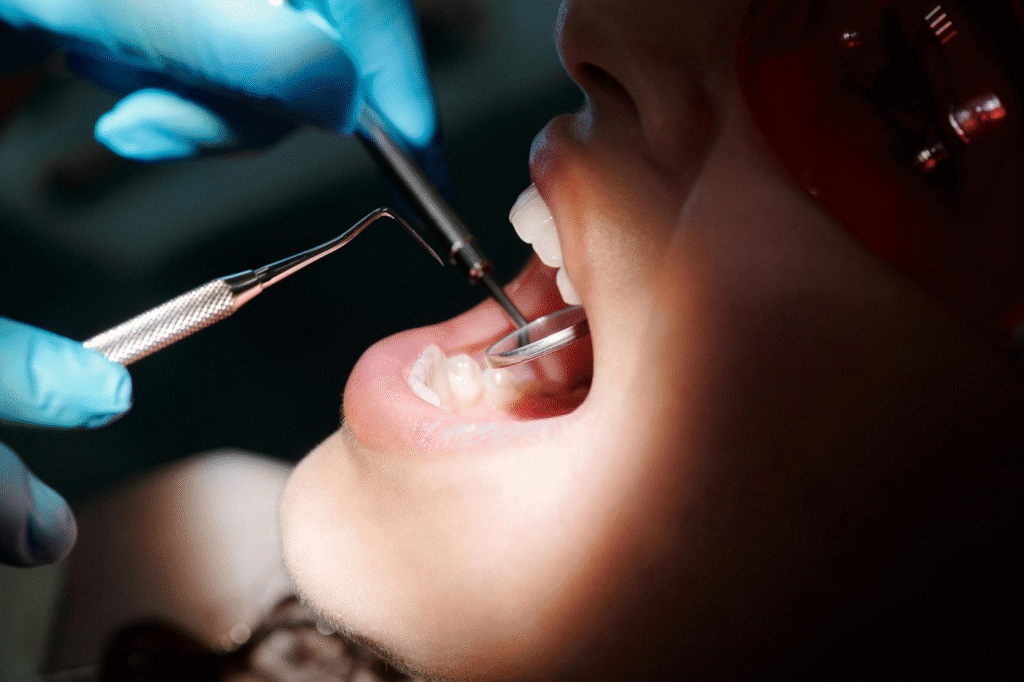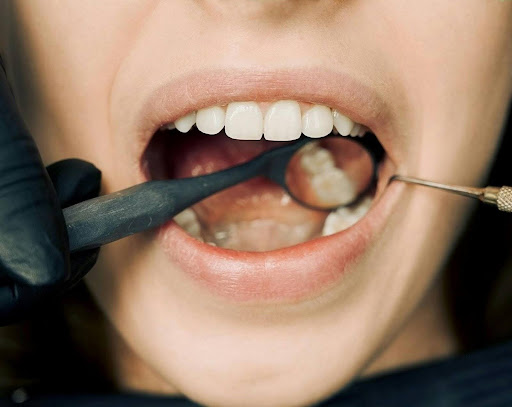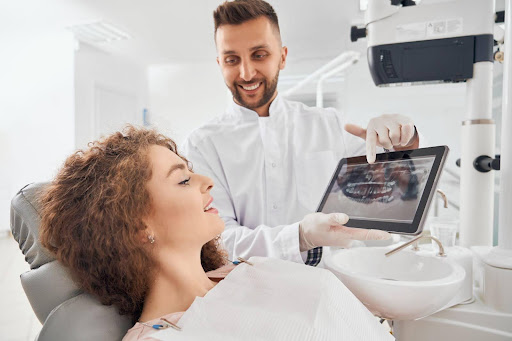What to Expect During Your Invisalign Journey
Introduction
A straight, confident smile is something many people dream of, but not everyone wants to go through the experience of wearing traditional metal braces. Thanks to modern orthodontics, there’s now a discreet solution: Invisalign. This advanced treatment uses clear aligners that are almost invisible, making them a popular choice for adults, teens, and anyone seeking a more subtle way to improve their smile.
Your Invisalign journey involves several important steps, from the first consultation to the final day when your new smile is revealed. Knowing what to expect at each stage can help you feel prepared, confident, and motivated to follow through with treatment.
Starting Your Invisalign Consultation
Understanding if Invisalign Is Right for You
Not everyone is an immediate candidate for Invisalign, but many orthodontic concerns can be corrected with this treatment. If you have issues like crowding, spacing, overbite, underbite, or crossbite, clear aligners may be a solution. During your initial consultation, your orthodontist will examine your teeth, bite, and jaw alignment to determine if Invisalign is the best approach.
Digital iTero Scans and Treatment Planning
One of the most exciting parts of the consultation is seeing a digital preview of your potential results. With advanced iTero scanning technology, your orthodontist creates a 3D image of your teeth and designs a step-by-step treatment plan. This digital model shows how your teeth will move with each set of aligners and gives you a glimpse of your future smile.
Discussing Treatment Goals with Your Orthodontist
Every smile is unique, which means your Invisalign treatment will be tailored to your goals. You’ll discuss how long treatment may take, the number of aligners you’ll need, and any specific concerns, such as improving aesthetics or correcting bite function. This is also the time to ask questions about lifestyle adjustments, costs, and overall expectations.
The Invisalign Treatment Process
Receiving Your Custom Clear Aligners
Once your treatment plan is finalised, your custom Invisalign aligners are created using advanced technology. They are made of smooth, medical-grade plastic and designed to fit snugly over your teeth. When you receive your first set, your orthodontist will explain how to wear them, remove them, and care for them properly.
How Often to Change Your Invisalign Trays
Each set of aligners is typically worn for one to two weeks before moving on to the next. Every new tray applies gentle pressure, gradually shifting your teeth closer to their ideal position. The frequency of changing trays depends on your specific treatment plan and how well you follow instructions.
Tips for Wearing Aligners 22 Hours a Day
For best results, Invisalign must be worn at least 22 hours a day. This means you’ll only remove them for eating, drinking (except water), brushing, and flossing. To make the process easier, it helps to build a routine: carry your aligner case with you, set reminders if needed, and clean your trays regularly to maintain their clarity and freshness.
Life with Invisalign
Eating and Drinking with Invisalign
Unlike traditional braces, there are no food restrictions with Invisalign because you remove the trays before meals. This means you can still enjoy crunchy, chewy, or sticky foods without worry. However, it’s essential to brush your teeth and rinse your aligners before putting them back in to avoid staining or trapping food particles.
Maintaining Oral Hygiene During Treatment
Oral hygiene is easier with clear aligners compared to braces, as you can brush and floss normally without wires or brackets in the way. Keeping your teeth clean helps prevent cavities, staining, and gum issues during your orthodontic treatment. Many patients find their dental health improves because they’re more mindful about brushing after every meal.
Comfort and Adjusting to Clear Aligners
It may take a few days to adjust to wearing your Invisalign aligners, but most people find them much more comfortable than metal braces. You might experience mild pressure or tenderness when switching to a new tray, but this is a sign that the aligners are working. Unlike traditional braces, there are no wires or brackets to irritate your gums or cheeks.
Monitoring Progress and Adjustments

Regular Check-ups with Your Orthodontist
During your treatment, you’ll have regular appointments to check progress. These visits are usually shorter and less frequent than those required for braces. Your orthodontist will ensure your teeth are moving correctly and provide your next set of aligners.
Tracking Your Smile Transformation
One of the most motivating aspects of Invisalign is seeing your smile gradually transform. Many patients notice visible changes within a few months. Because the treatment plan is mapped out digitally, you’ll always know how far you’ve come and how close you are to your final results.
What Happens If You Lose or Damage an Aligner
Life happens, and sometimes aligners get misplaced or damaged. If this occurs, your orthodontist will guide you on whether to move to the next set or order a replacement. It’s important not to skip ahead without professional advice, as this can affect the precision of your treatment.
The Results: Your New Smile
How Long Does Invisalign Treatment Usually Take
The length of treatment depends on the complexity of your case. On average, Invisalign takes 12 to 18 months, but some patients see results in as little as six months for minor corrections. Compliance—wearing the trays consistently—plays a huge role in how quickly you finish.
Retainers After Invisalign Treatment
Once you complete your Invisalign journey, retainers are essential to keep your teeth in their new positions. These are usually worn at night and help protect your investment by preventing your teeth from shifting back.
Long-Term Benefits of Clear Orthodontics
The benefits of clear orthodontic treatment go beyond aesthetics. A straighter smile improves bite function, reduces the risk of uneven wear, and makes oral hygiene easier. Patients often report greater confidence and self-esteem after their Invisalign transformation.
Costs and Considerations
Factors That Affect the Cost of Invisalign
The cost of Invisalign varies depending on the complexity of your case, the length of treatment, and the number of aligners required. Your orthodontist will provide a personalised estimate during your consultation.
Comparing Invisalign to Traditional Braces
While traditional braces are sometimes less expensive, many patients choose Invisalign for the convenience, comfort, and aesthetics. Unlike braces, clear aligners are removable, making daily routines easier and social situations less stressful.
Health Fund Rebates and Payment Options
Some health funds offer orthodontic coverage that includes Invisalign. Flexible payment plans may also be available, making the treatment more accessible. It’s worth discussing options with your orthodontist to ensure your journey is affordable.
Final Thoughts:
Your Invisalign journey is a step-by-step process designed to give you a healthier, more confident smile. From the first consultation and digital scans to wearing your custom clear aligners and finally seeing your new smile revealed, the experience is both exciting and rewarding. While it requires commitment—wearing your trays consistently and caring for your oral health—the results are worth the effort.
If you’re considering Invisalign, speaking with an experienced orthodontist is the best way to begin. With the right guidance, you can look forward to a smooth treatment process and the lifelong benefits of a straighter, more radiant smile.
Keep an eye for more latest news & updates on Well Health Organic!





